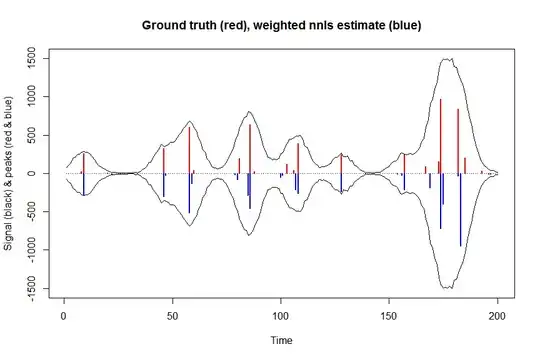
For example, if X follows a standard normal distribution,, what is the probability of P(X<=0.145) by using the above table only? Is it possible to tell? I remember I once encounter this situation in an exam long time ago, but I don't have a definite solution for this.
Certainly, P(X<=0.145) should be between P(X<=0.14) and P(X<=0.15) which can be obtained from the table directly without a doubt. It will be tempted to say P(x<=0.145) = [P(X<=0.14)+P(X<=0.15)]/2 which is what I did in that exam. However, I don't think it is correct.